Alex Constantine - October 23, 2013
The rise and fall of a small but threatening Nazi movement
Everyone is familiar with Adolf Hitler and the rise and fall of Nazi Germany. Few remember that in the mid- to late-1930s the United States experienced a Nazi crusade of its own, one led by Fritz Julius Kuhn (1896-1951), a radical anti-Semite who dreamed of a fascist America led by a Nazi president. Kuhn never realized his dream, but he did develop a national Nazi movement—complete with propaganda wing, youth group, and its own version of the Schutzstaffel (SS)—that inspired a concerted effort (among politicians, law enforcement and media alike) to destroy him and his organization.
But on February 20, 1939—the day Kuhn’s German-American Bund (Der Amerikadeutsche Volksbund) held a Nuremberg-style rally at New York’s Madison Square Garden—Kuhn and his rabid followers seemed a very real threat to order. Tens of thousands of protestors surrounded the Garden while Bundesführer Kuhn addressed 17,000 enthusiastic supporters—men and women who demonstrated their support by extending their right arms straight out, palms down, in that instantly-recognizable salute, all the while shouting “Free America! Free America! Free America!” Yet that night would mark the peak of the Bund’s reach and influence, as the New York-based group was effectively marginalized later that year when Kuhn was convicted of larceny and forgery and sent to prison at Sing Sing, the state’s infamous maximum-security prison.
In the new book “Swastika Nation” (St. Martin’s Press), author Arnie Bernstein deftly chronicles the rise and fall of the German-American Bund, which emerged from the remnants of a group known as the Friends of New Germany. “Kuhn did a remarkable job of marshaling the movement,” says Bernstein. If Kuhn was running a corporation instead of a Nazi movement he would have been [considered] an astute businessman.”
The Bund maintained a diversified income stream derived from annual dues and various ancillary fees, as well as the mandatory purchase of uniforms, armbands, pins and badges. Uniforms for both the rank-and-file and the group’s Ordnungsdienst (“well-dressed bodyguards who undertook their duties with brutal seriousness,” according to Bernstein) had to be purchased from Bund-approved tailors. In fact, the Bund strongly encouraged its membership to spend their hard-earned dollars at Aryan-owned businesses that were a part of the Deutscher Konsum Verband (D.K.V.), or German Business League.
Meanwhile, the organization’s publishing arm (the AV Publishing Company, the name derived from the initials of the Bund’s German name, Amerikadeutscher Volksbund), pushed out books and propaganda materials, and also published a weekly newspaper, The German Wakeup Call and Observer (Deutscher Weckruf und Beobachter). Members were obligated to subscribe to the newspaper, and to buy a copy of Hitler’s autobiography/manifesto “Mein Kampf,” among other propaganda materials.
But what really drew the ire of the American public were the Bund’s camps and retreats—Camp Siegfried in Yaphank, New York, and Camp Nordland in Andover Township, New Jersey, for example—where thousands of Bund members gathered en masse to picnic and swim. Think summer camp with a Nazi twist.
The retreats were a key component of the Bund’s youth initiative, which was loosely modeled after Germany’s Hitler Youth and female counterpart, the League of German Girls. As in Germany, youth group retreats were sexually charged gatherings. “They encouraged the boys and girls to sleep with each other to produce good Aryan children for the day that they would take over,” notes Bernstein.
Predictably, neighbors didn’t take kindly to the idea of Bund members goose-stepping the streets of Yaphank or Andover Township in Nazi-styled uniforms, and the pushback against the camps attracted media coverage coast-to-coast. Syndicated newspaper columnist Walter Winchell painted Kuhn and his followers in a particularly unflattering light, the former taking delight in referring to the Bund leader as Phffftz Kuhn, Fritz Kuhnfucious, or simply Fat Fritz Kuhn. In fact, Winchell became Kuhn’s chief antagonist, so much so that The German Wakeup Call and Observer declared Winchell “Kuhn’s worst enemy.” Worse yet, Kuhn promised to “blacken Walter Winchell’s eyes” (promise kept, courtesy of two thugs) and to piss on his grave (promise not kept).
Hitler and the rest of Germany’s Nazi leadership didn’t think much of Kuhn, either. In the summer of 1936, the Bundesführer and his lieutenants visited Germany and, via a mutual connection, managed to gain an audience with the Führer. “It was basically one of those grip-and-grin photo ops. Hitler shook Kuhn’s hand and said, ‘Go over there and continue the fight,’” recalls Bernstein, a statement that Kuhn viewed as an official endorsement. “Of course, Hitler meant nothing by it,” continues the author. In fact, Hitler was embarrassed by Kuhn, and Nazi officials wanted nothing to do with the German-American Bund, viewing the “stupid and noisy” group as damaging to the Third Reich’s image in America.
Meanwhile, back in the U.S., powerful forces began amassing against the Bund. In August 1937 United States Attorney General Homer Cummings launched an FBI probe of Bund camps, and five months later issued his findings in a fourteen-volume report, Nazi Camps in the United States.
But the campaign to bring down Kuhn went into high gear shortly after the Madison Square Garden rally, when New York mayor Fiorello LaGuardia and prosecutor Thomas Dewey seized the Bund’s financial records, hoping to put Kuhn away on tax evasion charges. The plan worked: Kuhn was charged with grand larceny and forgery for embezzling from the Bund’s bank accounts. After being found guilty he was sent to prison, first to Sing Sing, then to Clinton Correctional Facility in Dannemora, New York, where he was incarcerated until being paroled on June 18, 1943. He spent the remainder of the war in the federal internment camp system for wartime enemy aliens, and was subsequently deported to Germany, where he spent the next several years in and out of prison.
Though the Bund attempted to soldier on under the leadership of Bund Führer Gerhard Wilhelm Kunze, “the movement flopped around like a fish on a deck for a couple more years,” quips Bernstein. “Then Pearl Harbor happened and that was that.”
As for Kuhn, his death attracted little notice; the news didn’t reach the United States until two years later. “Hitler’s U.S. Bund Chief Fritz Kuhn Died Friendless in Germany,” announced Winchell in his February 6, 1953, column for the Daily Mirror. Kuhn had fallen so far, so fast that the columnist had little to say about the disgraced Bundesführer. Winchell’s final words about Kuhn and his dream of a Nazi America were: “(End of shrug).”
http://failuremag.com/feature/article/fritz-kuhn-and-the-german-american-bund/#ixzz2iYgwNvox
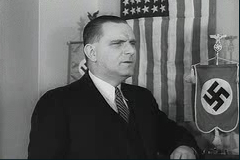
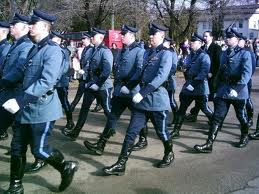
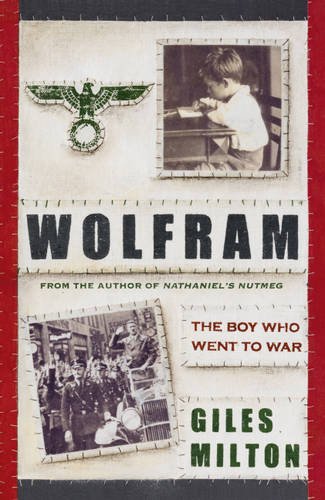
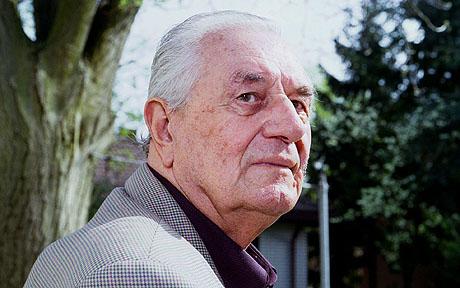
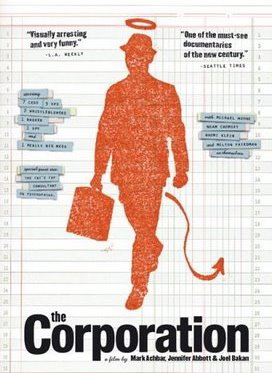

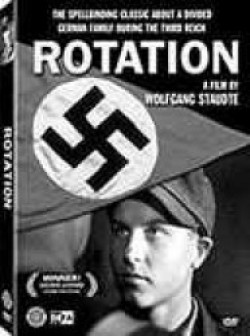
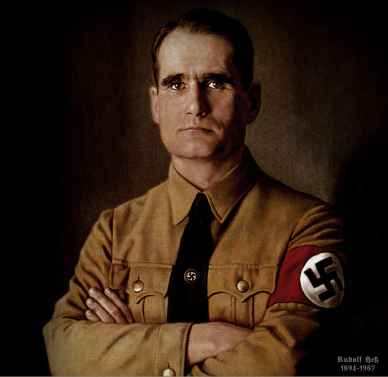
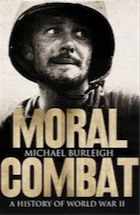
I just finished this book and found it very fascinating. I am Jewish grew up in NYC (1944 to 1962). Nothing about this was covered in my schooling or discussed by my parents. This should be required reading, especially for Trump supporters.